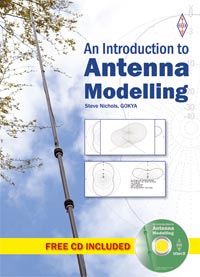On 160m (1.8MHz or Top Band), look for short-skip and DX openings at night. Again, no daylight skip is possible due to absorption, but openings out to 1,300 miles and occasionally further afield can be expected at night with conditions peaking around midnight and again at sunrise (greyline).
80m (3.5MHz) will generally follow the characteristics of Top Band at night, but will also provide good openings out to around 250 miles during the day. These will lengthen to around 500-2,300 miles at night with fairly good DX opportunities at times.
40m (7MHz) Forty metres should open to DX in an easterly direction at sunset. Openings to the west should be possible after midnight and should peak just before sunrise. Contacts should be possible during the day, although, again, lower critical frequencies may mean that it is difficult to work other UK stations while perfectly possible to talk to European stations.
20m (14MHz) is likely to be the best DX band between sunrise and sunset. The bands may occasionally open after dark, mainly to the southern hemisphere. Good openings will be possible during daylight hours out to around 2,300 miles.
17m/15m (18MHz/21MHz) should provide fairly good DX openings during daylight hours, especially to Africa and South America, with 17m being open more often than 15m. Once again, 15m may struggle to open during times of low solar flux. Both bands are likely to close after sunset.
12m/10m (24MHz/28MHz) will continue to be disappointing bands at this point in the solar cycle. There may be many days where there are no signals at all, although occasional brief openings to DX may be possible, especially if the solar flux heads towards the high 80s/90s.









